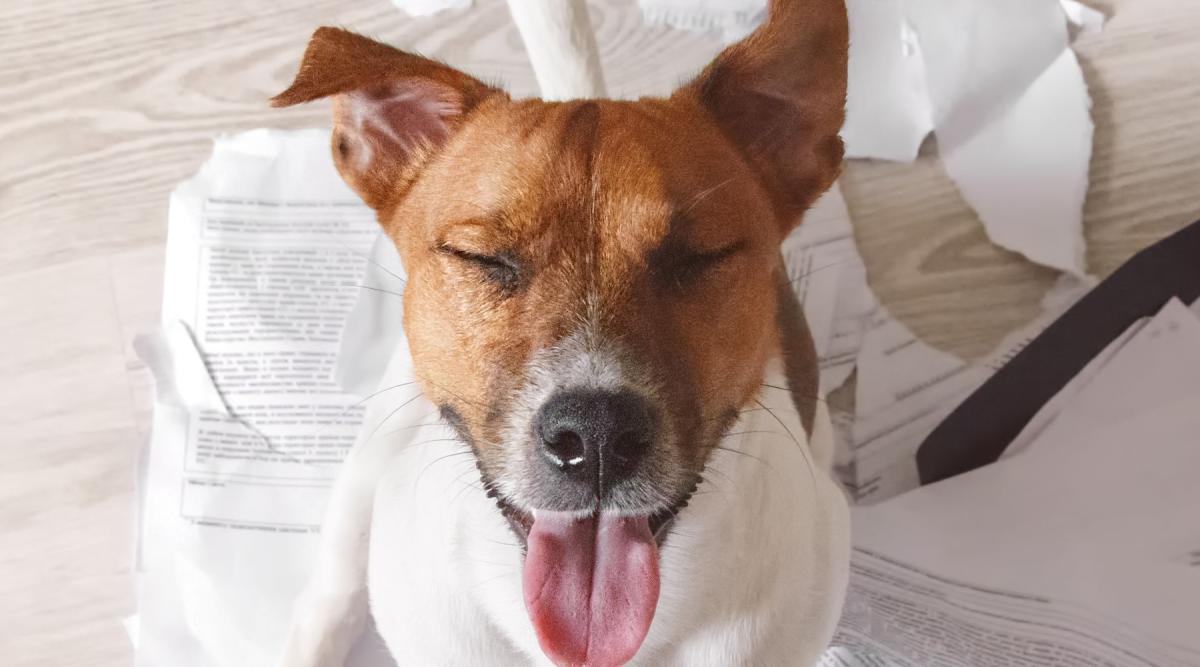
By: Jennifer Adams
Are your frustrated by your copier jamming frequently? Do problems persist even after a technician works on the machine? Printers are intricate devices that are surprisingly delicate. The root of the problem may be the temperature of the environment in which the printer and supplies are stored, rather than the printer itself. Too much or too little humidity and heat in an environment where paper is stored can affect its weight, thickness, and rigidity. Since East Texas is a notoriously humid area, proper handling and storage of paper and printer supplies is even more essential to produce quality prints, and for the overall productivity of your office. Understanding how heat and humidity affect the outcome of your prints and the health of your copy machine can prevent a variety of issues.
Its best to strike a balance between too much and too little humidity to protect the quality of the paper.
Hygroscopy is the defined as the phenomenon of attracting and holding water molecules by either absorption or adsorption from the surrounding environment, most commonly at room temperature. Paper is extremely hygroscopic, so storing it in a humid room can cause the pages to warp, curl, or stick together. Too much humidity can also cause toner streaks and smudges during the printing process, or the text to peel from the page after if the paper isn’t dry enough before running the job. We get many calls on Monday mornings from customers regarding paper jams. If the temperature isn’t regulated in the office over the weekend, humidity may compromise the paper which then causes the jam.
On the other hand, storing paper or the printer in an environment with too little humidity presents its own share of problems. When the air is too dry, ink loses its viscosity which puts a strain on the printer and causes sheets of paper to stick together and feed into the printer at once (which is super frustrating when you are trying to do double-sided prints). Dry paper is more prone to static electricity, which also can cause jams when printing.
Heat impacts print quality too
Humidity isn’t the only environmental factor that can determine the outcome of your prints. Too much heat draws moisture out of paper and the surrounding environment accelerating the rate at which paper breaks down and emulsifying the ink. This can cause the ink to drip from the machine or smear. Likewise, when ink is stored in an environment that is too cool, its viscosity increases, which restricts the flow and causes print density.
Don’t forget about labels and other media
When heat impacts labels, it can impact other equipment too. When labels encounter heat, or absorb water from a humid environment, they may curl or lift which causes them to get stuck in the printer and cause a jam, or damage to internal components.
How to store paper products and printer supplies correctly:
By following these tips for managing air flow and quality, you can enable your equipment to power through tough working conditions, preserve supplies, and prevent paper jams.
- Paper does best when stored between 65- and 75-degrees Fahrenheit, with a humidity level between 35-55%. You can measure the amount of moisture in the environment with a hygrometer and then add or remove humidity as needed with a humidifier or dehumidifier. (Note - these can be used to control the environment in smaller rooms but are much more challenging to use in larger rooms or warehouses). Heaters and air conditioners can be used as well.
- Store labels and paper in an enclosed, flat, dry space, away from vents and windows to protect it from moisture, wrinkles, and temperature/ humidity fluctuations.
- Keep paper stored in its original packaging until you are ready to use it. This will prevent creases, tears, wrinkles, and folds, as well as preserve the papers moisture. Unless you use all the paper at once, reseal the package with tape.
